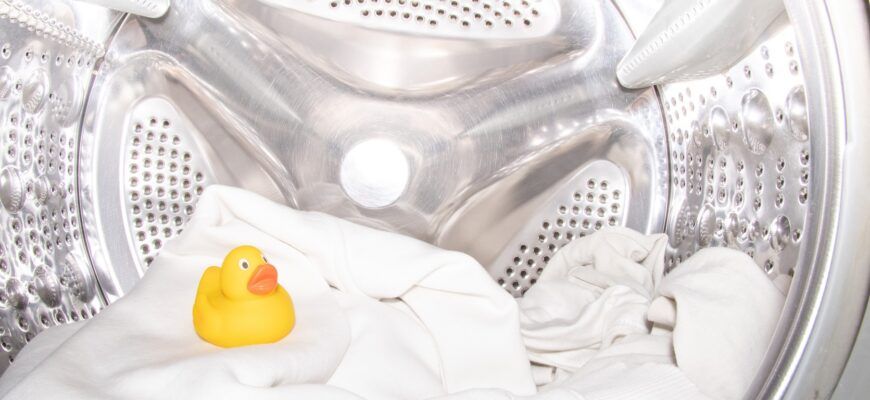- September 20, 2023
- in Deep Cleaning, House Cleaning
- by admin
- 964
- 0

Your washing machine is a workhorse in your home, tirelessly cleaning your clothes day in and day out. However, like any appliance, it requires regular maintenance to ensure it functions at its best. Deep cleaning your washing machine might not be something you think about often, but it’s an essential task to maintain its efficiency and longevity. In this blog post, we’ll guide you through the process of deep cleaning your washing machine, so it continues to deliver fresh and clean laundry for years to come.

You might wonder why it’s necessary to clean a machine that’s designed to clean things. Well, over time, dirt, detergent residues, and minerals from hard water can build up in your machine. These deposits can create a breeding ground for bacteria and mould, leading to unpleasant odours and potentially even contaminating your clothes. Additionally, a dirty washing machine can reduce its efficiency and increase energy consumption, which can result in higher utility bills. Regular deep cleaning will help prevent these issues and keep your machine running smoothly.
Start by making sure your washing machine is empty. Remove any clothes, lint, or debris from the drum and the lint filter if your machine has one. If you have a top-loading machine, open the lid. For front-loaders, open the door.
Remove the detergent and fabric softener dispensers (if applicable) and soak them in a mixture of hot water and white vinegar. Use a soft brush or toothbrush to scrub away any residue or mold. Rinse them thoroughly and place them back in their respective slots once they’re clean.
Pour two cups of white vinegar into the detergent compartment or directly into the drum. Set your washing machine to the hottest water temperature and the longest cycle. Start the machine and let it run through a complete cycle. The vinegar will help break down any mineral deposits and soap scum inside the machine.
For front-loading washing machines, the rubber gasket and door seals can accumulate grime and mould. Use a solution of equal parts water and vinegar and a soft cloth or sponge to clean these areas thoroughly. Pay special attention to any crevices where mould can hide.
While the machine is running its cleaning cycle, use a mixture of water and vinegar to wipe down the exterior, including the control panel and any buttons or knobs. Be sure to clean any dust or detergent residue that may have accumulated over time.
Once the vinegar cycle is complete, sprinkle one cup of baking soda into the drum. Again, set your machine to the hottest water temperature and the longest cycle. This time, the baking soda will help neutralize odors and further clean the interior of the machine.
After the baking soda cycle finishes, run one more hot water cycle with just water to rinse away any remaining vinegar or baking soda residues. If your machine has a self-cleaning cycle, you can use that as well.
While your machine completes its final rinse, clean the detergent compartment, fabric softener compartment, and any other removable parts one last time. Make sure everything is thoroughly dry before reassembling.
For a super duper deep clean, check out Part 2 where we take you through how to clean your washing machine filter to extend the life of your washing machine!



